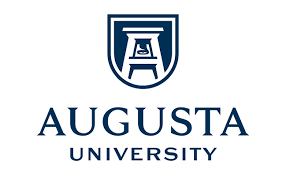My graduate training was in visual processing in the neocortex. For my post-doctoral fellowship, I wanted to learn the novel optical techniques that were being developed as tools for in vivo neuroscience. I joined the lab of Prakash Kara at MUSC where I became proficient with two-photon and intrinsic signal imaging techniques. My main research project in the lab was to look at sensory-evoked blood flow changes in individual arteries and compare them to the neural activity in the local tissue. I helped the lab secure NIH and NSF funding to carry out this research. Our project used two-photon microscopy to measure the dilation and blood velocity of individual vessels in the cortex while simultaneously measuring neuronal spiking and synaptic activity in the tissue around the vessels. This project led to a Nature publication which showed that local neural activity could not fully explain vascular responses.
Understanding the link between neural and vascular responses is of critical importance for understanding diseases of vascular dysfunction, such as Alzheimer’s Disease. Since the publication of our paper, I have become an independent researcher and have continued exploring questions of neurovascular coupling. In particular, I have gained expertise in two-photon optogenetics which, among other things, allows me to manipulate blood flow with high precision. My future research plans are to apply these tools to measure and manipulate neural and vascular function in animal models of Alzheimer’s disease to gain a better understanding of how vascular defects contribute to the disease pathology.


